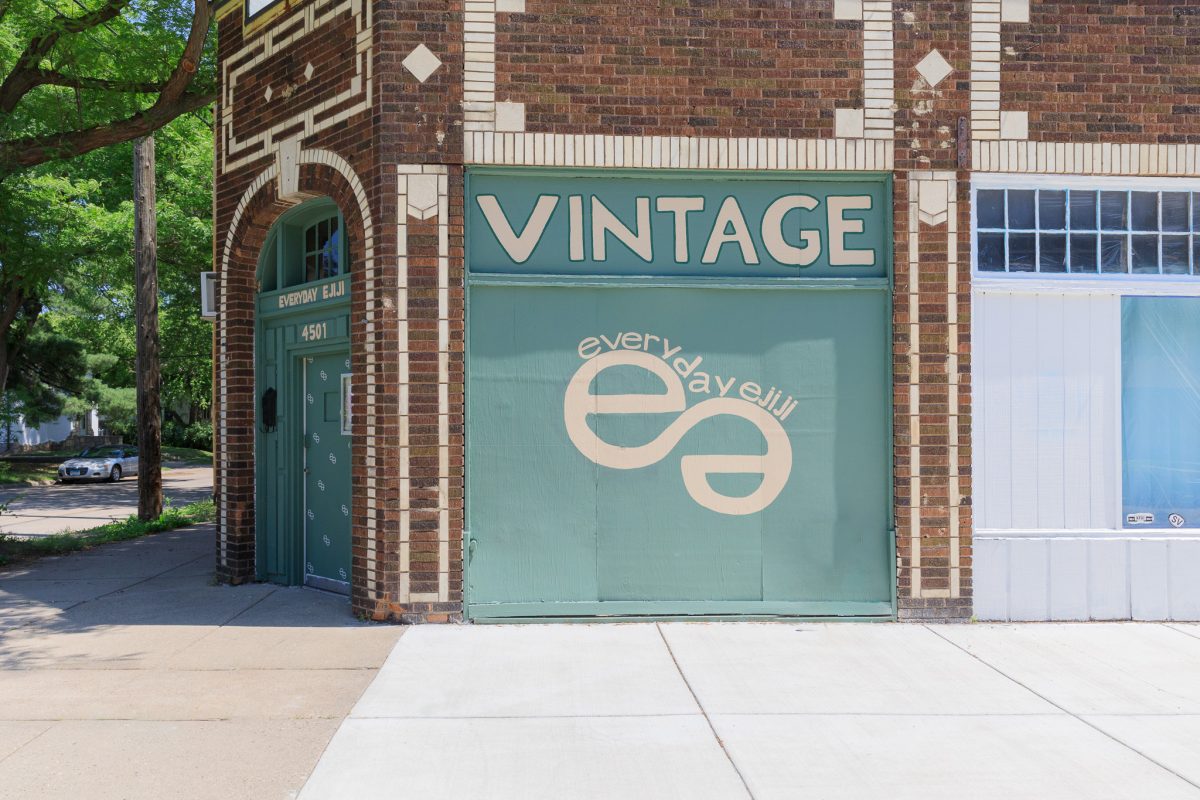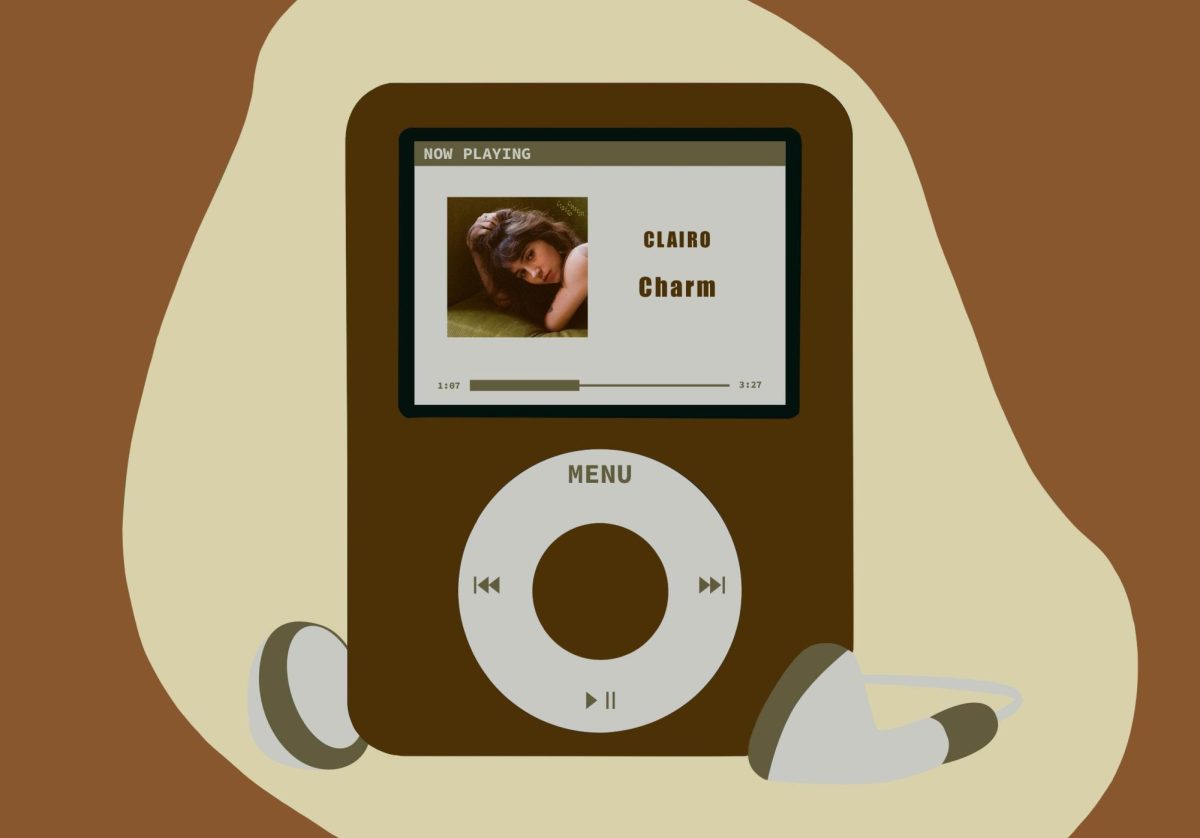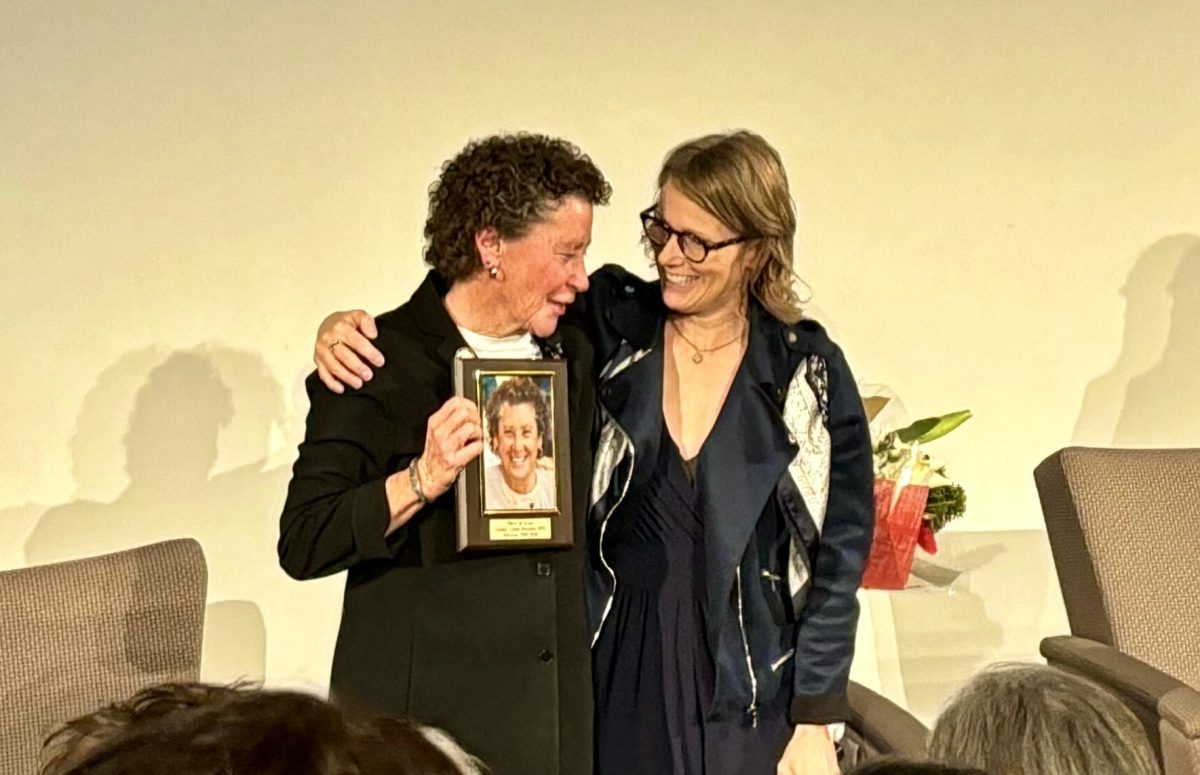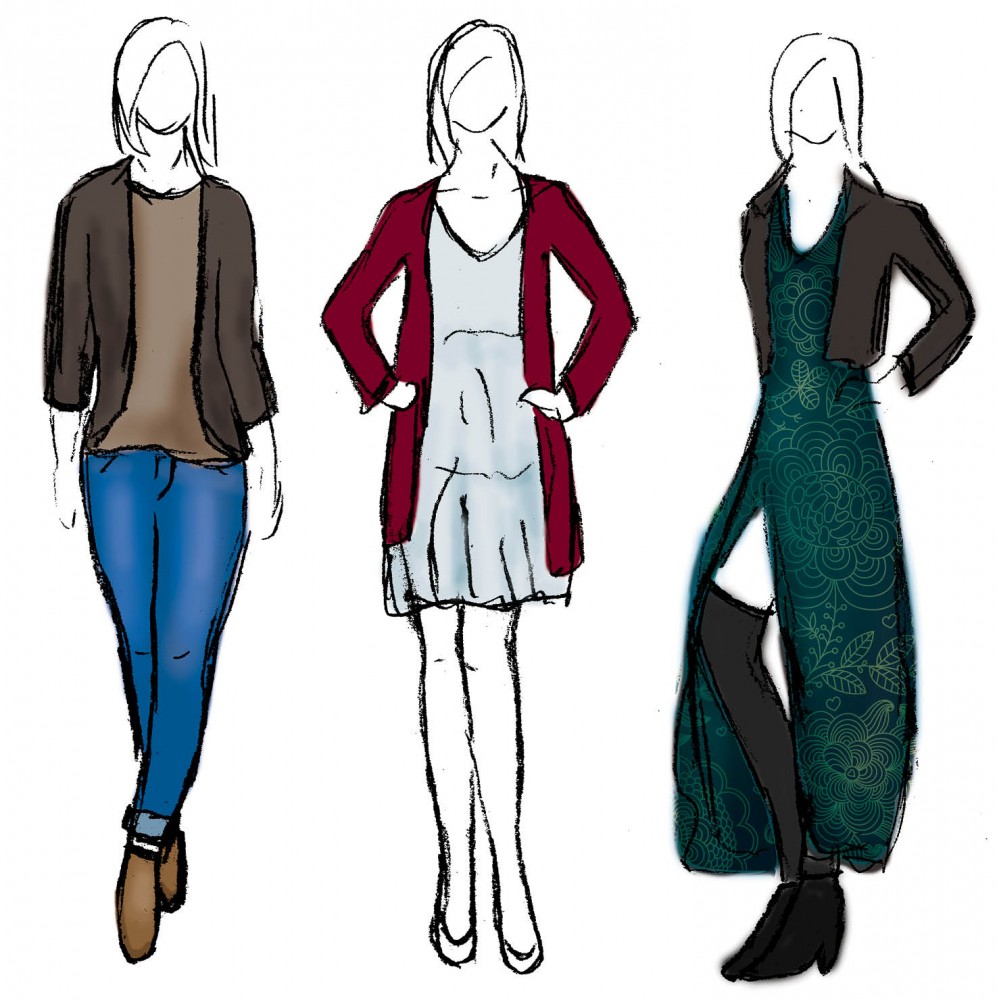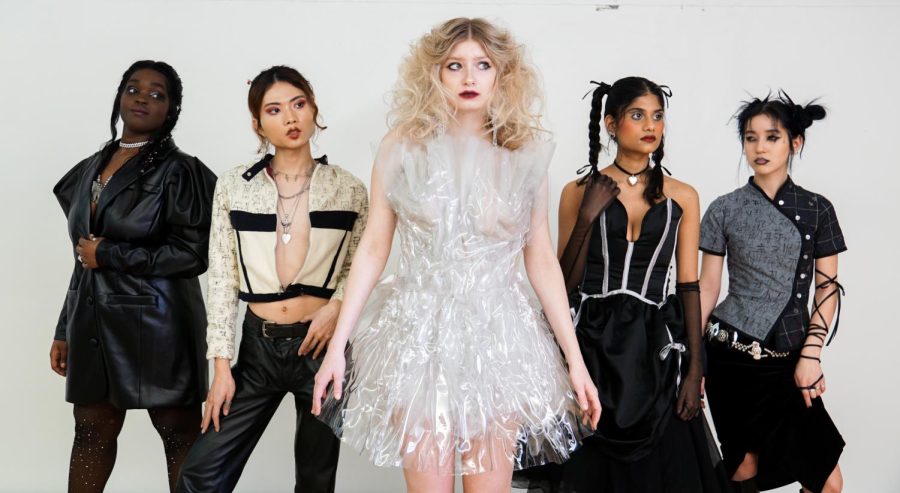Vintage sellers define vintage as an item that is at least 20 years old. In 2023, vintage means anything made before 2003.
Many people don’t understand that a vintage store is not the same as a thrift store. Vintage stores often put more effort into obtaining and preparing items they want to sell than thrift stores do.
A Google review for Smile Back Vintage pointed out a shirt sold at the store had its original tag saying it was sold for $7.99, but Smile Back was charging $30 for it. The reviewer said they wanted people to know this store wasn’t a vintage store.
Vintage stores often charge more than a thrift store because of the work that goes into getting a particular item on the shop floor. Thrift stores receive their items through donations, whereas vintage owners often pay for the items they end up selling.
“I physically have to go out and buy this thing wherever it may be, whether that be an estate sale or thrift store or private buyer,” Ashley Ngozi, owner of the vintage store Everyday Ejiji, said.
The prices set by vintage owners are not based solely on the opinion of the seller, but based on research that occurs before the item reaches the floor. Characteristics of an item may affect how it is priced.
Steele, owner of Scooter Gang Vintage, makes sure if customers are confused about a price, she explains why. Sometimes a certain kind of stitch can make items more rare and therefore priced higher.
Steele added sometimes she realizes she priced something wrong and will be willing to negotiate a price from time to time.
Vintage sellers pay attention to how a particular item or items similar to it may be selling somewhere else before determining the price.
“A lot of times these online auction sites, like eBay, for example, determine values … that’s what somebody’s willing to pay,” said Mike Bailey, owner of 316 Vintage.
Bailey believes his prices are reasonable for both customers and considering the amount of work that went into the item.
There is often cleaning and repairing that goes into an item to bring them as close to “ready to wear” as possible. For Steele, she sometimes adds her own art to her “save” clothes that are stained but still in good condition.
Many vintage store owners are the main people doing the cleaning, the repairing, the research and the running of their stores. Vintage stores are not overpriced thrift stores, they are the combination of the work put in by owners and the value of the items that are being sold.










